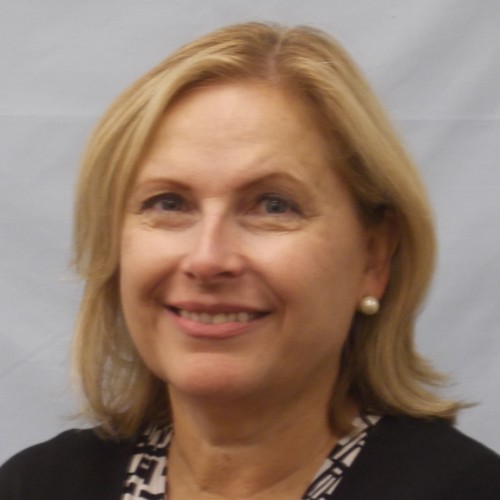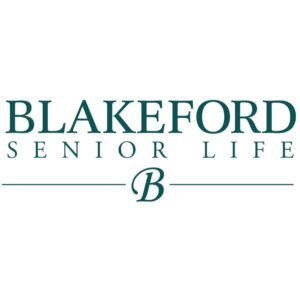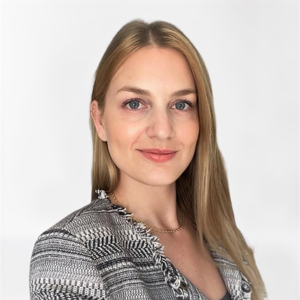One-on-one with … Lynne Katzmann
“Data-informed management” and a mission to “do well by doing good” drives business at Juniper Communities, owner and operator of 15 assisted living and skilled nursing communities in New Jersey, Colorado, Florida and Pennsylvania. Founded in 1988 by President and CEO Lynne Katzmann, the Bloomfield, N.J.-based provider claims to outperform current industry standards for resident move-ins and staff retention through an extensive scorecard it has developed.
Long-Term Living Editor-in-Chief Patricia Sheehan spoke with Katzmann on how benchmarking combined with a “double bottom line” philosophy have resulted in increased census and recognition as one of the top 25 women-owned businesses by Crain’s New York Business.
DESCRIBE JUNIPER COMMUNITIES’ BUSINESS MODEL.
We [started out] functioning more like a private REIT, an investment vehicle—not an operator. My goal was to create a better mousetrap—to provide capital and buildings and turn it over to smaller regional operating companies with similar values who wanted to create better programming and quality of life for residents. That was the idea from the start—to do well by doing good—the “double bottom line.” To be a socially responsible business practice. If you do a good job the money will follow.
We’re for quality of life, which yields quality satisfaction and puts more people in buildings and provides money for investors. I was able to gather a group of investors who saw the investment opportunity in long-term care but were seeking a vehicle that would provide good care, defined as quality of life or nurturing the spirit of life. My largest investors are still with me. They believe you can make a good return and make a difference in people’s lives. We’re not trying to be a large company going forward, but we’ve done very well and we’re proud of what we do.
WHAT’S YOUR OPERATIONAL STRATEGY?
A really great company delivers on its passion. What are you passionate about, what’s your differentiator and what’s your economic driver? For us the passion was easy—we knew we were about quality of life and fostering the individual. We can be the best at individualized care and service, understanding and being attentive to needs and responsive to those needs. So, we have developed a series of programs that helps us understand a person as an individual and allows us to plan the care piece around the lives in our program. That’s our differentiator—understanding the individual while acknowledging the regulated environment. Overlaid on top of that are the operations [comprising] people and systems, quality and cash flow. If you have the right people in the right jobs and give them the right tools, they will be able to deliver quality individualized care and service. And if you have happy customers then you will have full buildings and cash flow. Everything starts with training people who deliver quality care and services.
HOW CAN DATA-INFORMED MANAGEMENT HELP LTC PROVIDERS?
There’s a difference between data-informed management and data-driven management. It’s a nuance. Basically our formula is data plus judgment equals decision. We believe there’s a human component that needs to be inserted. For example, how data drives our staffing programs is we look at turnover. We look at 90-day retention–look at it by department, overtime, anything to do with people—and satisfaction scores. If we see turnover is increasing among DONs and leader/managers or at the dining room in a particular building, we first look to see if we’re doing our programs. The data raises a question, then we look at our systems, analyze the data and benchmark it against other communities. Data helps us understand issues.
EMR [electronic medical records] is, next to the individual mandate, perhaps the most important part of the Affordable Care Act. I think the way to ultimately control costs and provide care to people is to have good information and use the data to inform those decisions. Having completely accessible data cuts time in reporting and improves quality. Coordination of care will improve quality and impact costs in a positive way. There are a lot of changes and many opportunities. It’s a very exciting time.
WHAT CHALLENGES/OPPORTUNITIES ARE THERE FOR FEMALE OWNER/OPERATORS IN LONG-TERM CARE?
I’m an optimist. I don’t feel that I faced inordinate challenges. I created something I believed in with supportive investors and I feel very lucky. However, being a woman in business is very different. I run a small [$50 million] company in the largest metro area in the country and my little company was named the 15th largest woman-owned business in New York. It’s small business owners mainly. I have spoken to a lot of women about entrepreneurial ventures and I’d like to see more women do it. You can have a family and a business. I’d like to see more mentoring programs. Women bring something unique to the work world. We’re natural caregivers. That’s often not seen as financially savvy, but we can do both. You need financial acumen and caregiving to be stable.

Patricia Sheehan was Editor in Chief of I Advance Senior Care / Long Term Living from 2010-2013. She is now manager, communications at Nestlé USA.
Related Articles
Topics: Articles , Executive Leadership , Facility management , Leadership











